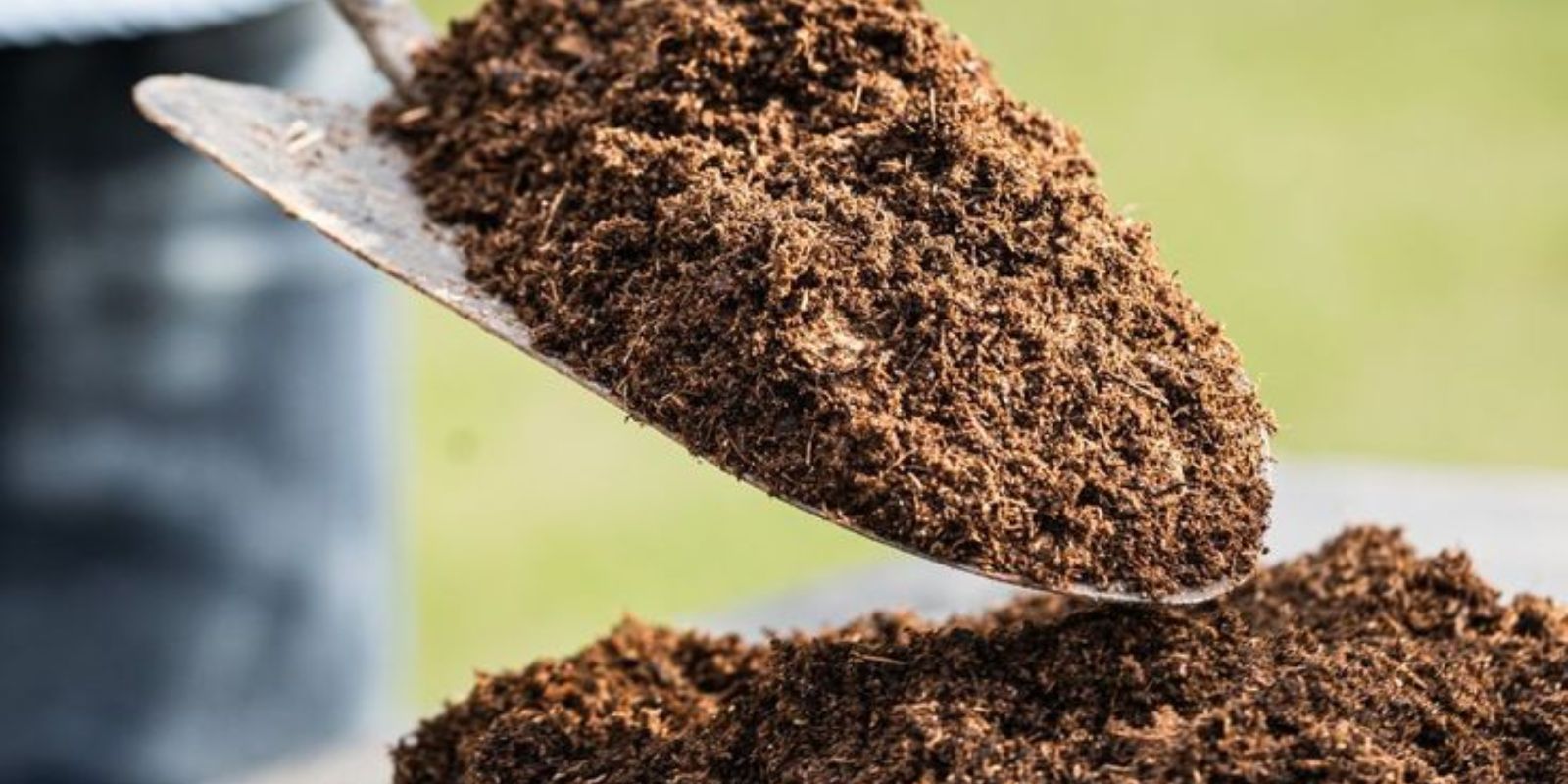Gardening enthusiasts often seek ways to enhance soil fertility and promote healthy plant growth without resorting to expensive fertilizers. An effective and eco-friendly approach to enriching your garden soil is by burying natural waste products. These everyday items decompose over time, releasing essential nutrients into the soil, which plants can then absorb. In this article, we will explore seven things you can bury in your garden to add free nutrients, helping you cultivate a thriving garden while reducing waste.
1. Kitchen Scraps
One of the simplest and most effective ways to enrich your garden soil is by burying kitchen scraps. Vegetable peels, fruit scraps, coffee grounds, and even tea bags are rich in organic matter and essential nutrients like nitrogen, phosphorus, and potassium. As these materials break down, they release nutrients into the soil, improving soil structure and fertility.
To use kitchen scraps in your garden, dig a trench or hole in your garden bed, add the scraps, and cover them with soil. This method, known as trench composting, is an excellent way to recycle kitchen waste while enhancing soil health. Just be sure to avoid burying meat, dairy, or oily foods, as they can attract pests and take longer to decompose.
2. Eggshells
Eggshells are an excellent source of calcium, a crucial nutrient for plant health. Calcium helps strengthen cell walls, supporting overall plant structure and growth. It is particularly beneficial for preventing blossom end rot in tomatoes and other fruiting plants.
To use eggshells in your garden, rinse and crush them into small pieces. You can then sprinkle them around your plants or bury them in the soil. The crushed shells will gradually decompose, releasing calcium into the soil. Additionally, eggshells can help deter pests like slugs and snails, which dislike crawling over the sharp edges.
3. Banana Peels
Banana peels are a rich source of potassium, which is essential for plant growth and development. Potassium helps regulate water movement within plants, supports enzyme activation, and promotes strong root and flower development.
To use banana peels as a natural fertilizer, chop them into small pieces and bury them in the soil near your plants. As the peels decompose, they release potassium and other nutrients into the soil, benefiting your garden plants. This simple practice can improve the health and yield of flowering plants, fruit trees, and vegetables.
4. Fish Scraps
Fish scraps, including bones, heads, and guts, are highly nutritious and rich in nitrogen, phosphorus, and trace minerals. These nutrients are essential for plant growth, supporting leaf development, root formation, and overall plant health.
To use fish scraps in your garden, bury them at least 12 inches deep to prevent attracting pests. The deep burial also helps reduce odor as the fish decomposes. Fish emulsion, a liquid fertilizer made from fish byproducts, is another option for providing a nutrient boost to your garden without directly burying fish scraps.
5. Wood Ash
Wood ash is a byproduct of burning wood and can be an excellent soil amendment when used correctly. It is high in potassium, calcium, and other trace minerals, which can benefit plant growth. However, wood ash also raises soil pH, making it more alkaline, so it should be used cautiously.
To use wood ash in your garden, sprinkle it lightly around your plants and mix it into the soil. Avoid using wood ash around acid-loving plants like blueberries and azaleas, as they prefer acidic soil conditions. Additionally, use wood ash sparingly, as excessive amounts can raise the soil pH too much, potentially harming plants.
6. Compost
Compost is one of the best ways to improve soil fertility and structure. By composting kitchen scraps, garden waste, and other organic materials, you create a rich, nutrient-dense soil amendment that benefits all types of plants. Compost contains a balanced mix of nitrogen, phosphorus, potassium, and other essential nutrients.
To use compost in your garden, you can bury it directly in planting holes, use it as a top dressing around plants, or mix it into garden beds before planting. Compost not only provides nutrients but also improves soil structure, enhances water retention, and supports beneficial soil microorganisms.
7. Shredded Paper
Shredded paper, particularly from newspapers and office paper, can be used as a source of carbon in the garden. While it doesn’t directly provide nutrients like the other items on this list, shredded paper helps balance the carbon-to-nitrogen ratio in the soil. This balance is crucial for the decomposition of organic matter and overall soil health.
To use shredded paper in your garden, bury it in the soil or mix it with other organic materials like kitchen scraps and leaves in a compost pile. The paper will break down over time, improving soil structure and aeration. Be sure to use only non-glossy paper and avoid paper with heavy inks or coatings.
Conclusion
Incorporating these natural waste products into your garden soil is an easy and cost-effective way to improve soil fertility and plant health. By burying items like kitchen scraps, eggshells, banana peels, fish scraps, wood ash, compost, and shredded paper, you provide essential nutrients and organic matter that enhance soil structure and support robust plant growth. Additionally, this practice helps reduce waste and promotes sustainable gardening.
So, next time you’re in the garden, consider burying some of these items instead of discarding them. Not only will you enrich your soil for free, but you’ll also be doing your part to reduce waste and promote a healthier environment. Happy gardening! 🌱

